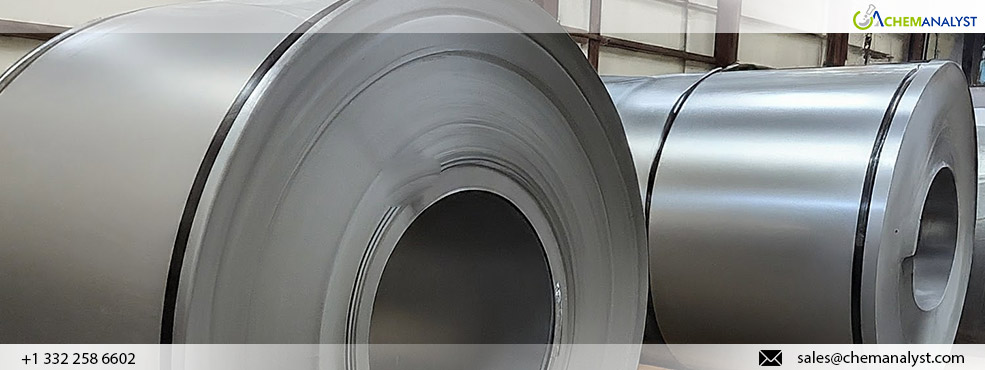Rising Prices and Volatility in Raw Material Costs Affect US Stainless-Steel HR Coil Market
- 14-Jun-2024 8:00 PM
- Journalist: Motoki Sasaki
Amid global economic changes and regulatory shifts affecting the steel sector, the Stainless-Steel HR Coil market in the US is facing a dynamic environment with a 3% price incline impacted by various factors. Trading for the Stainless-Steel HR Coil futures contract in June has been inconsistent, with fluctuating volumes on different days, resulting in overall minimal participation. Recently, sanctions imposed by the US and UK on Russian raw materials have had repercussions across the industry, limiting nickel, aluminium, and copper trade from Russia. This geopolitical action has led to a rise in nickel futures prices due to low stocks in Asia and operational issues in nickel mines in Brazil and New Caledonia.
The rising costs of raw materials essential for Stainless-Steel HR Coil production due to sanctions emphasizes the interconnectedness of global markets, while New Caledonia saw a decline in nickel production, disruptions in the South Pacific have affected the output of French miner Eramet. Challenges such as the weakening USD and increased shipping costs from the Red Sea crisis have intensified market dynamics, created a volatile short-term outlook, and affected prices of Stainless-Steel HR Coil.
Additionally, recent regulatory changes from the US Bureau of Industry and Security are reshaping the industry landscape. The updated Section 232 exclusions process for steel and aluminium imports effective from July 1, 2024, aims to promote fairness and transparency within the steel sector by removing 12 General Approved Exclusions. This regulatory pivot seeks to level the playing field for US Stainless-Steel HR Coil producers, positively impacting market dynamics.
Amidst regulatory adjustments, the Stainless-Steel HR Coil market is witnessing fluctuations in other raw material prices. Noteworthy increases in iron ore and pig iron prices are countered by a surge in zinc prices, while stability in busheling scrap prices and slight declines in shredded scrap, coking coal, and aluminium prices demonstrate the sector's adaptability to cost changes.
Moreover, the performance of the automotive industry, as indicated by metrics like Light Vehicle SAAR, serves as a key factor shaping market trends. With significant growth in new vehicle sales year-on-year and strong SUV and truck sales surpassing steel-made passenger car sales, the automotive sector significantly influences consumption patterns impacting Stainless-Steel HR Coil production and consumption dynamics.
In conclusion, the resilience of the Stainless-Steel HR Coil market in response to geopolitical, regulatory, and economic transformations highlights its ability to adapt and respond to evolving global challenges, underlining its crucial role in the broader steel industry landscape.



